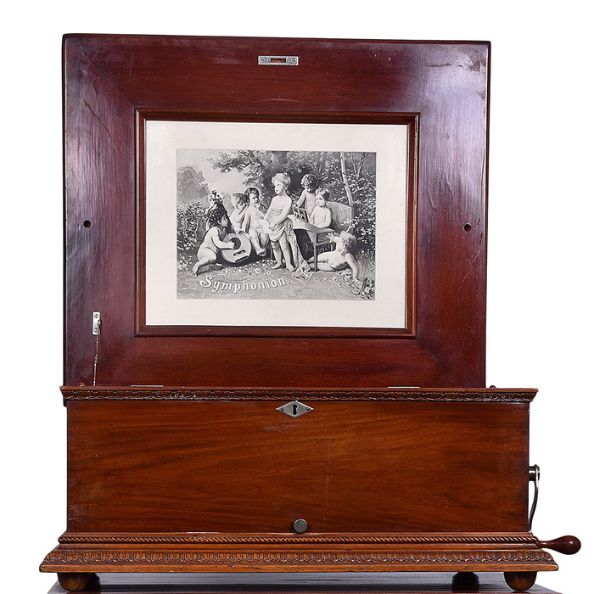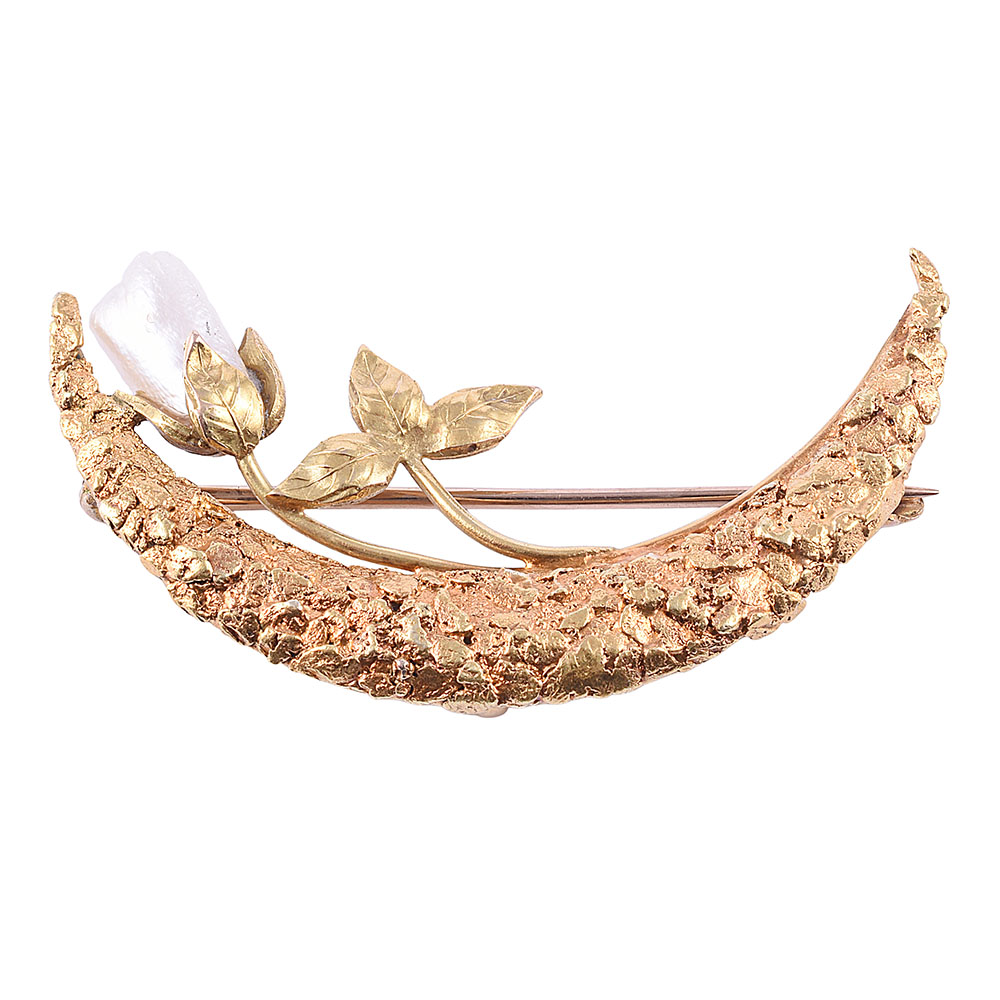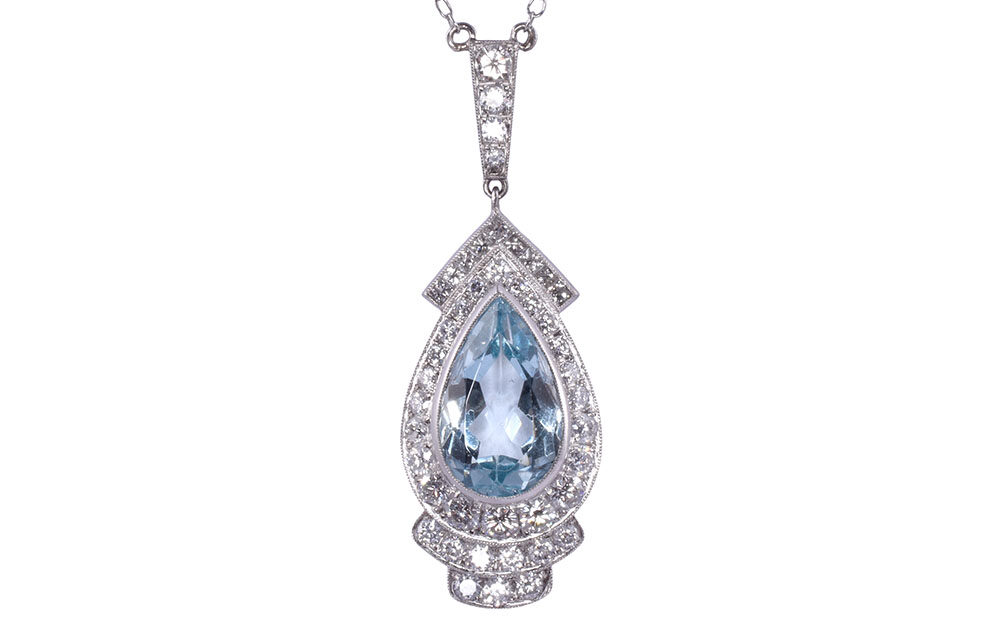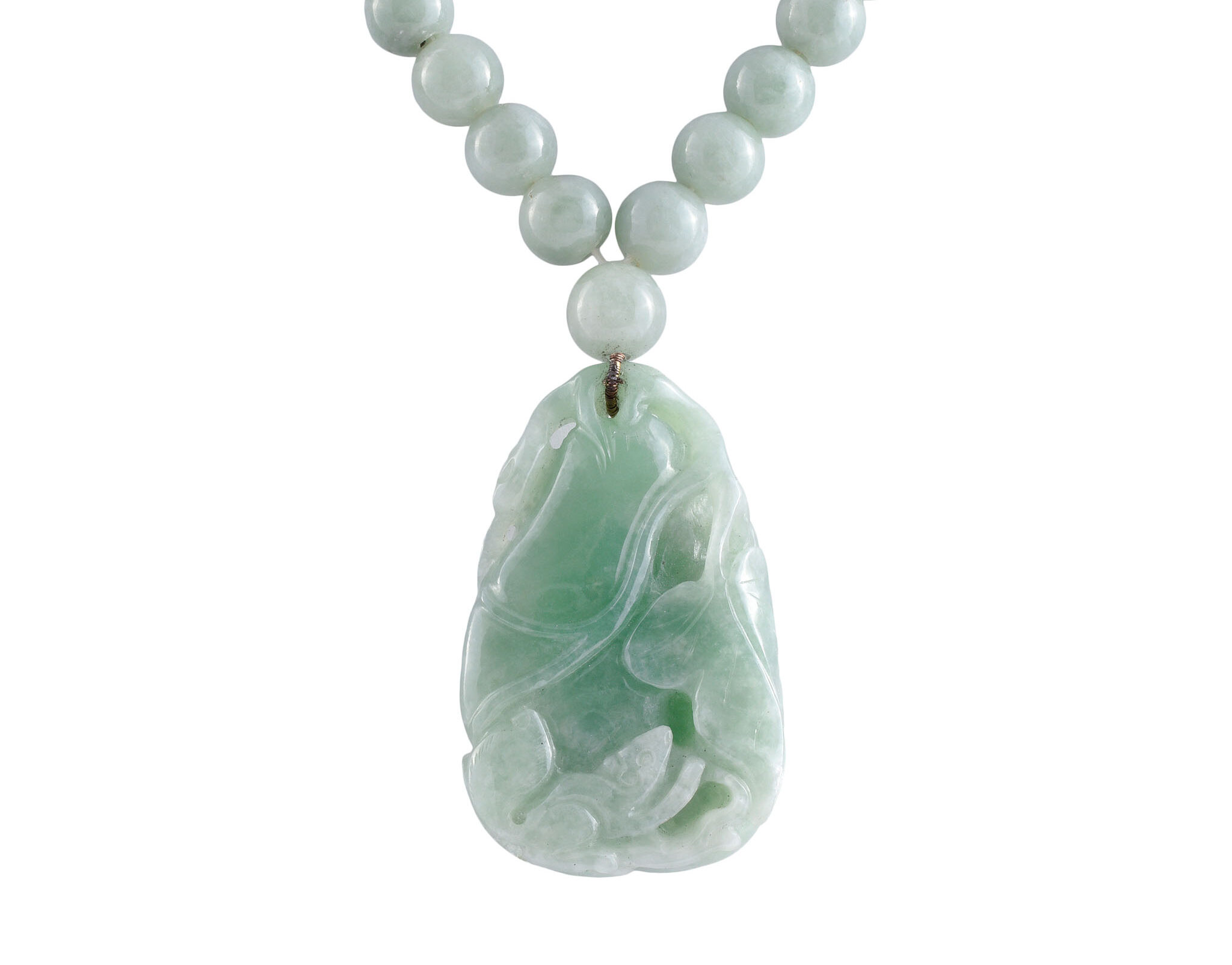A Quick Guide to Identifying the Age of Your Music Box


Music boxes have been charming their listeners with intricate mechanisms and delightful melodies for centuries. Discovering the age of a music box can add a fascinating dimension to its story. This quick guide to identifying the age of your music box will briefly explore the history of music boxes, their different types, and tips on what to look for in an antique music box.
European Origins
Music boxes were created in Switzerland in the late eighteenth century. Initially, tiny musical mechanisms were enclosed within pocket watches. These musical marvels soon grew into large, luxurious items, with the mechanisms placed inside elaborately decorated wooden boxes. They were often found in the residences of the affluent. As technology progressed, music boxes became smaller and more affordable, increasing their popularity dramatically. By the mid-nineteenth century, music boxes were a common household item, providing entertainment and decoration.
Types of Music Boxes
There are two primary types of music boxes: cylinder and disc. Cylinder music boxes, the first type to be developed, use a rotating cylinder embedded with small pins. These pins pluck the teeth of a steel comb to create a melody. Cylinder boxes enjoyed their heyday from the late eighteenth century until the late nineteenth century. If your music box operates with a cylinder mechanism, it likely dates back to this era.
In contrast, disc music boxes emerged in the late nineteenth century. They quickly gained popularity due to their interchangeable discs, which allowed owners to play different tunes in one box. The projections on the disc pluck the teeth of a comb in a similar fashion to the pins on a cylinder, generating sound. An antique disc music box could date from the late nineteenth to the early twentieth century.
Impact of the Phonograph
Thomas Edison’s invention of the phonograph in 1877 significantly impacted the music box industry. Before the advent of the phonograph, music boxes were the primary source of home entertainment, playing melodies mechanically. The phonograph revolutionized the way people listened to music. The phonograph could record and reproduce sounds, including human voices, which was beyond what music boxes offered.
As more households adopted the versatile phonograph, the demand for music boxes diminished, marking a significant shift in the landscape of home entertainment.
What To Look For in an Antique Music Box
When examining a music box, search for any manufacturer’s marks or logos. Many music box makers stamped their name and sometimes the date of manufacture on their products.
Next, consider the material and design of the box. Early music boxes often featured fine wood cases adorned with intricate inlay designs or hand-painted scenes. Later models may have cases made of metal or plastic and feature simpler, more modern designs.
Lastly, listen to the tune the box plays. Older music boxes typically play classical compositions or folk tunes popular at the time of their manufacture. More recent boxes may play modern songs or movie themes.
Identifying the age of an antique music box requires some detective work, but the process is rewarding. Whether you have inherited a family heirloom or scored a potential treasure at a flea market, understanding the history behind your music box can enhance its charm and value.



